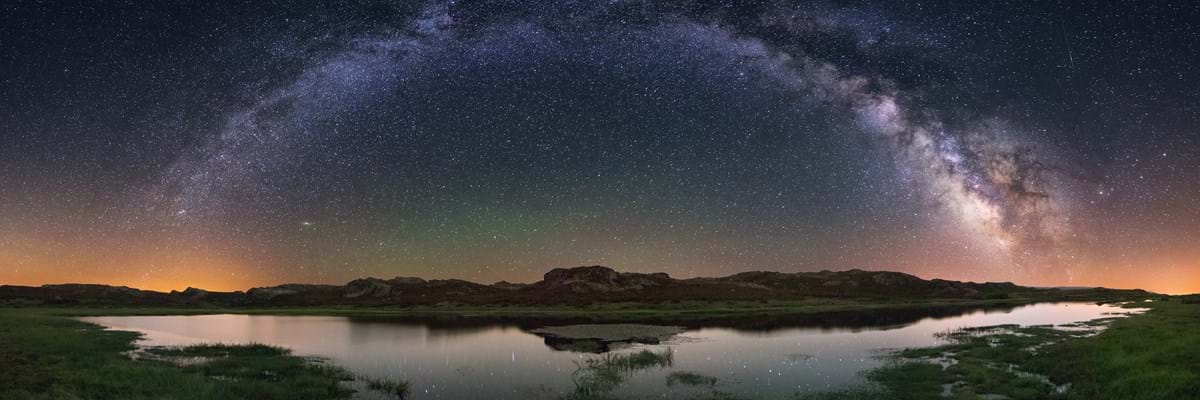Lots of people think the Canary Islands are heavenly, and they are officially recognised as one of the best places in the world for a genuine cosmic experience. That’s because the night sky must be seen to be believed.
The aboriginal people who first lived on the islands were so awe-inspired by the sight it is believed they worshipped the sun and stars. Now hundreds, possibly thousands, of years later the sky is still so clear that astrologists have chosen the Canary Islands for observatories that use some of the most powerful solar telescopes in the world.
Tenerife, Fuerteventura and La Palma have all been identified as Starlight Reserves by Unesco, the United Nations Educational, Scientific and Cultural Organisation, because of the extensive efforts that are being made to protect the superb clarity of the sky.
But you don’t need to be a top astrologist to enjoy the stars. Astro-tourism is here. Every island has specially selected vantage points where there is little or no light pollution so the stars can become the most mind-blowing experience of your holiday.
There are organised night tours and guided visits to observatories. But you can get stars in your eyes without going on an excursion. Helpful information panels and good car parks are at most of the viewing points. It’s helpful to have a stargazing app on your phone – and take warm clothes. It can get chilly on a mountainside.

At a glance guide to stargazing in the Canaries
La Palma
La Palma, known as Star Island, is one of the best places in the world to observe the stars. It passed a Sky Law in 1988 to fight against contamination, had the world’s first Starlight Reserve and is a Starlight Tourist Destination. High above the sea clouds is a whole fleet of astronomical telescopes at the Roque de Los Muchachos Observatory. At ground level there is a recognised viewing point on the seaside boardwalk at Cancajos where the sky is dark enough to guarantee a memorable view. There are several other viewing points.
Tenerife
An official Starlight Tourist Destination has been set up high on the mountainside in Teide National Park. It promises spectacular views any time of year. There are several lookout points with information panels in the park. August is good for meteor showers. Visits can be made to the GREGOR solar telescope, the largest in Europe, in the Mount Teide observatory.
Gran Canaria
A low-level cloud formation known as the “donkey’s belly” protects the highest points on Gran Canaria from light contamination, darkens the sky and explains why it has also been designated as a Starlight Tourist Destination.
Fuerteventura
There’s a viewpoint with a star chart, sun dial, vertical clock, information panels and a good car park at the Sisacumbre viewing point in Pajara in the south of the island. Fuerteventura was the third island to become a Starlight Reserve.
Lanzarote
Penas de Chache, north of Haria, is the highest spot on Lanzarote, well away from light pollution, and the viewing point there a great place to stargaze. The Milky Way on a clear summer night is said to be amazing.




